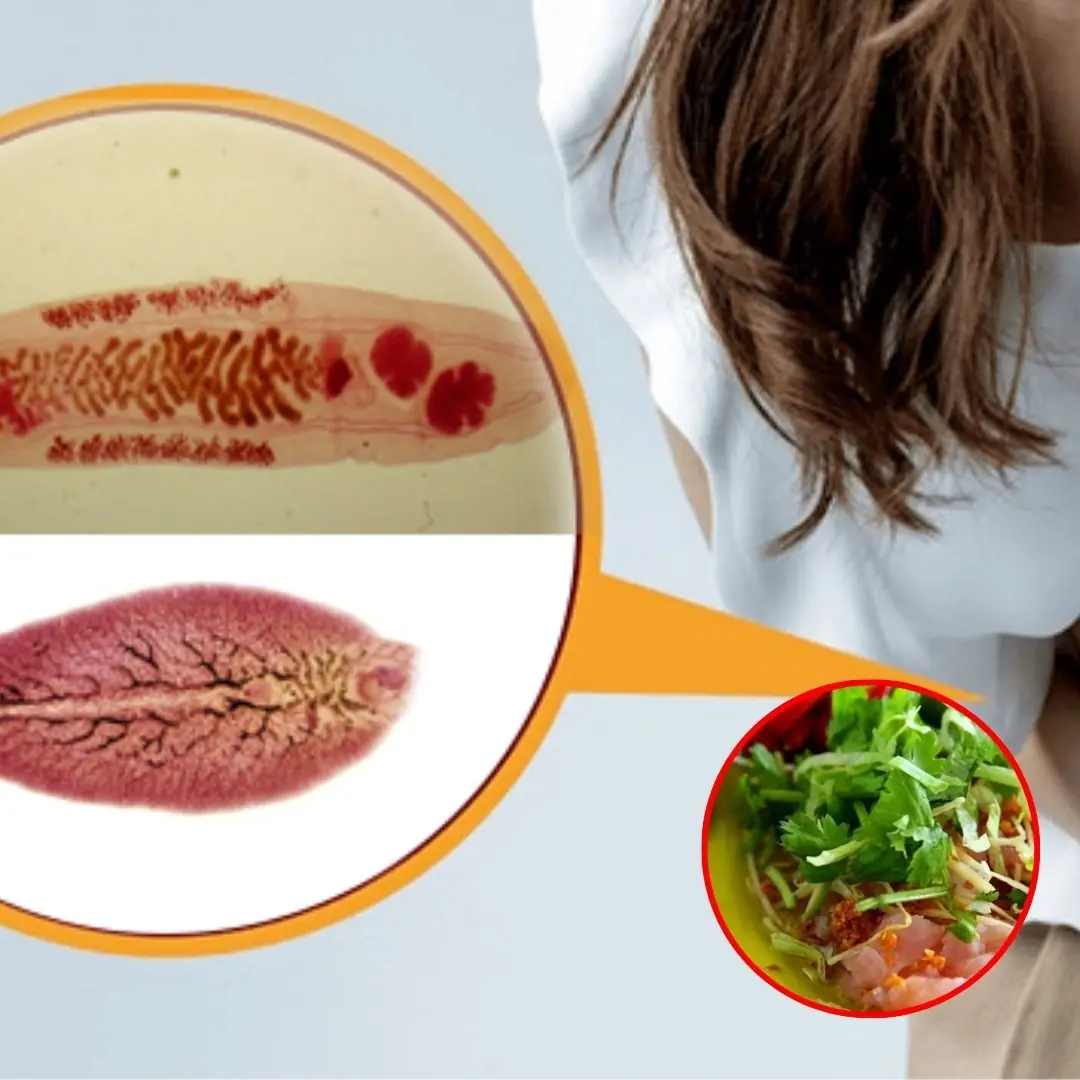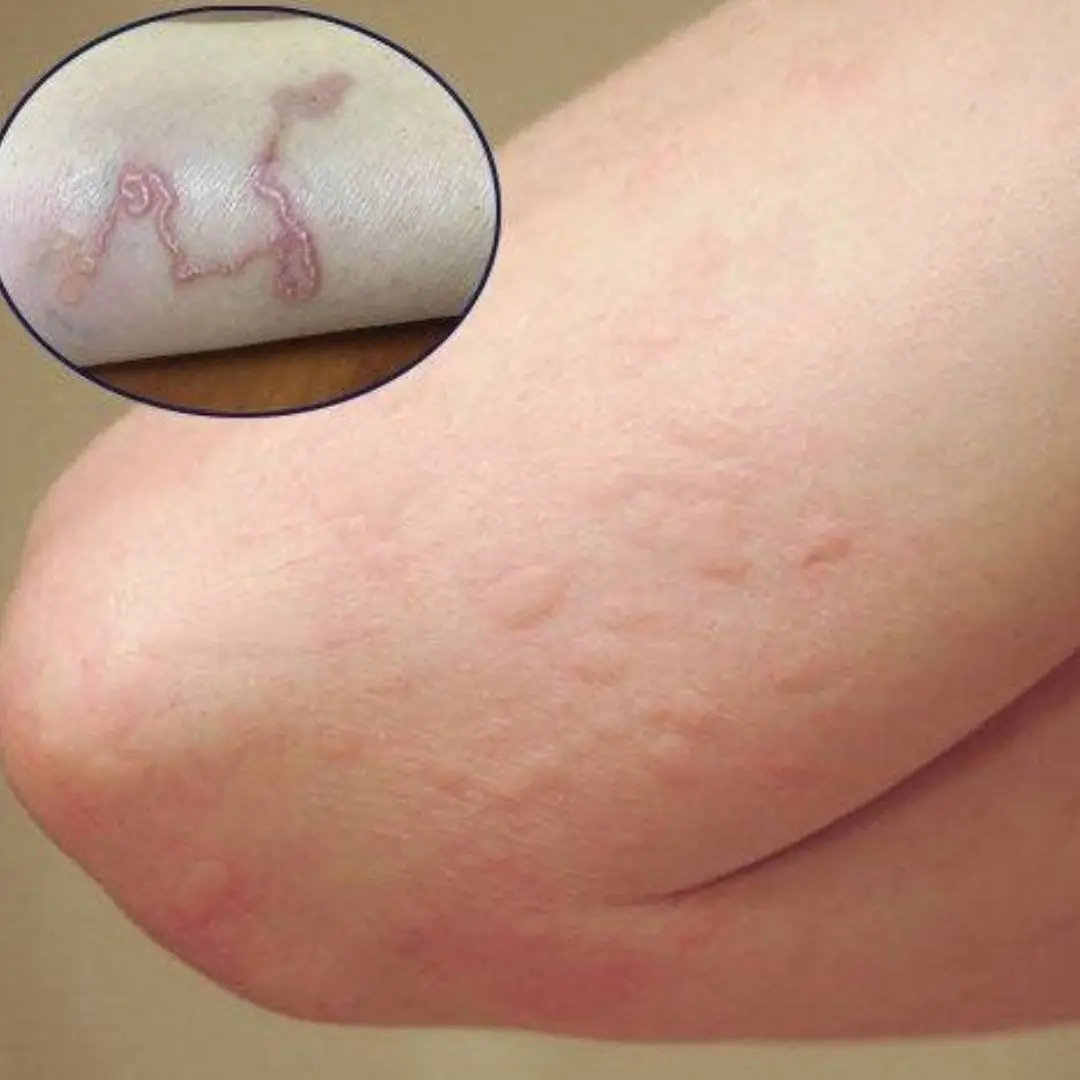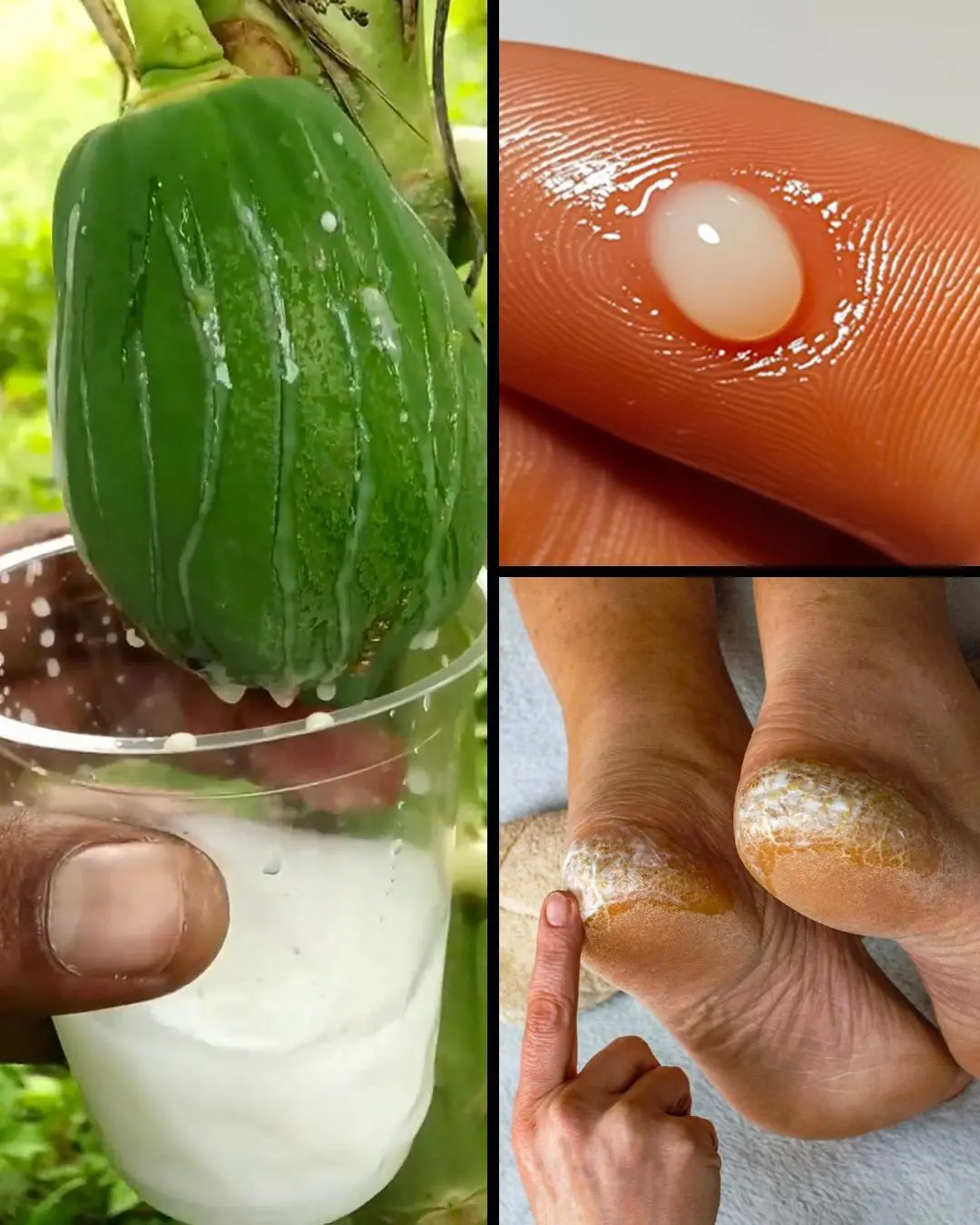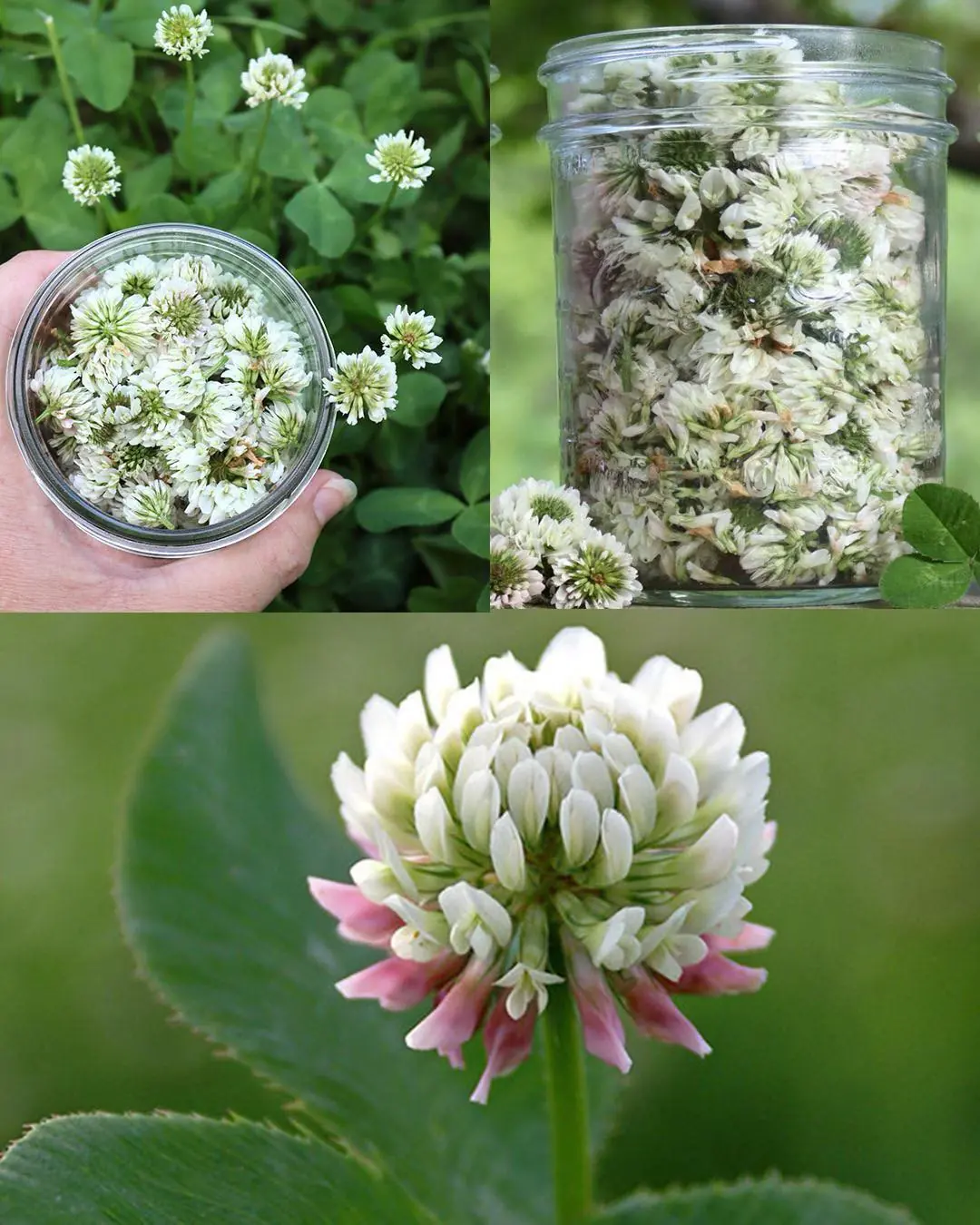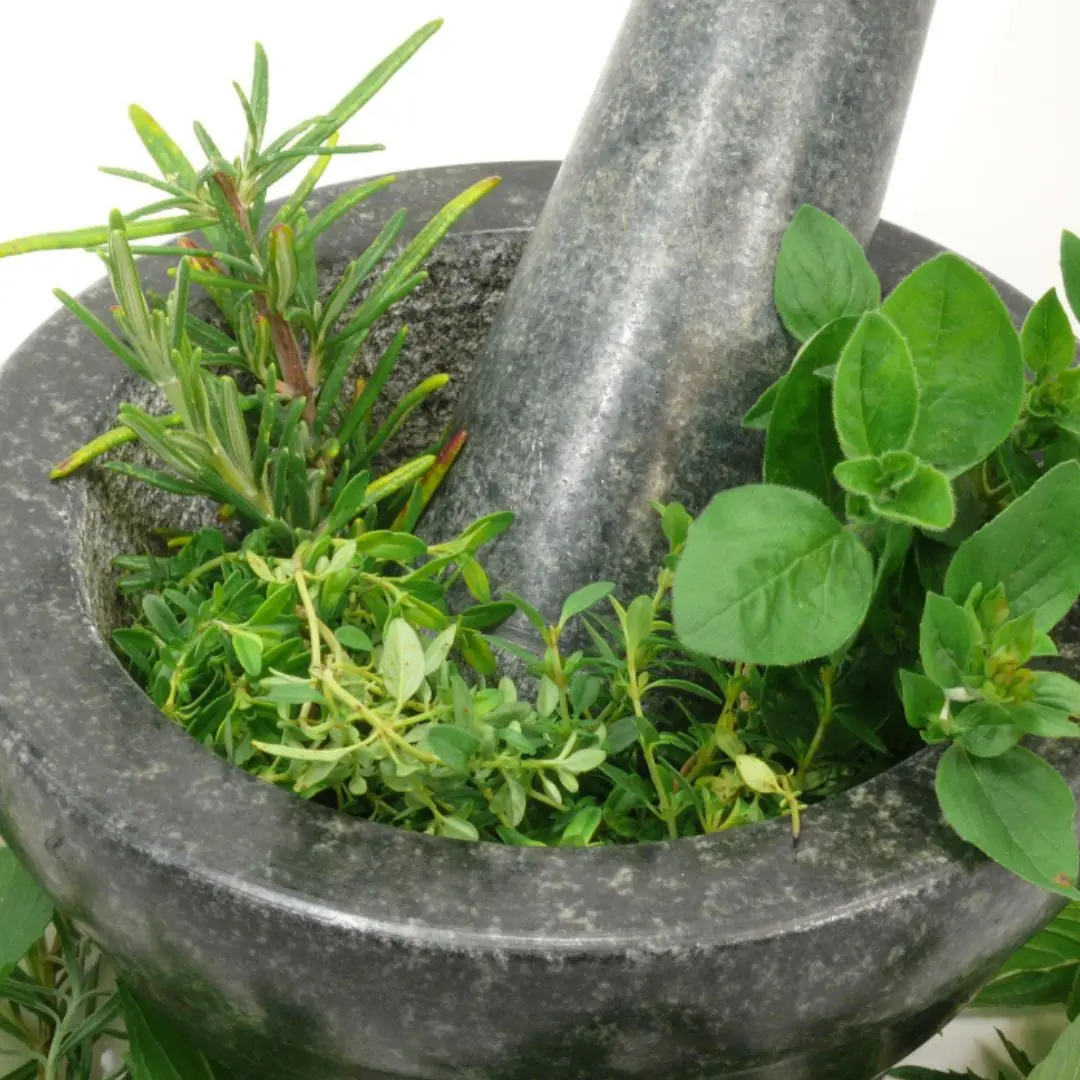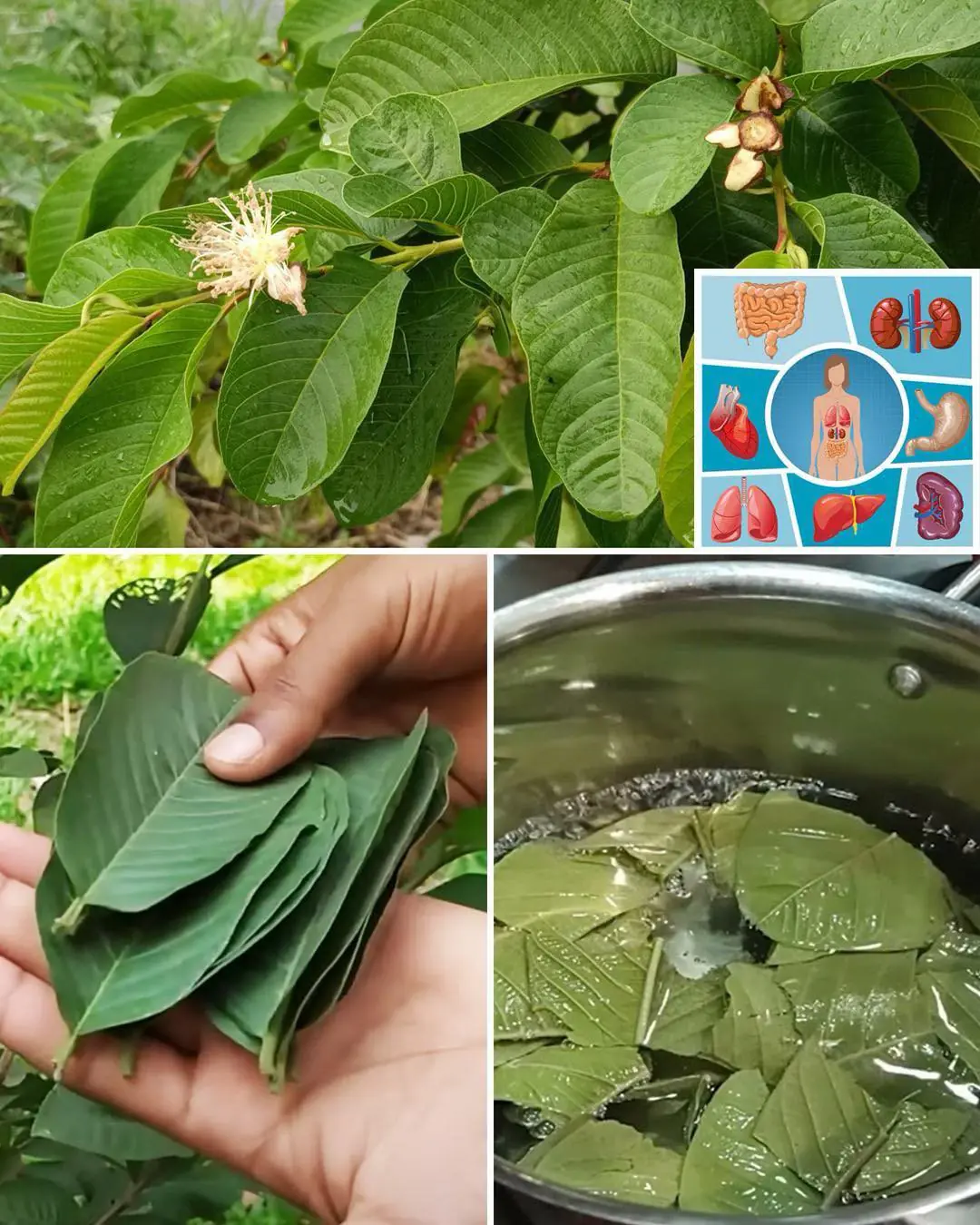Liver Fluke Infection: Causes, Symptoms, and Prevention
Liver flukes are parasitic organisms that live in the liver and bile ducts, causing harm to human health. Certain eating habits can increase the risk of liver fluke infection.
People who frequently eat raw fish or shrimp dishes should be especially cautious of the risk of small liver fluke infection.
Liver Fluke Disease in Humans
Liver fluke disease in humans includes small liver fluke infection and large liver fluke infection — both caused by flat, leaf-shaped parasites.
In Vietnam, two common species of small liver flukes are Clonorchis sinensis and Opisthorchis viverrini, found in at least 32 provinces.
-
C. sinensis is prevalent in northern regions.
-
O. viverrini is common in central and southern provinces.
Both are transmitted through fish. Humans and animals such as dogs, cats, and pigs become infected after eating fish containing active fluke larvae.
The habit of eating raw or undercooked fish (such as raw fish salad, salted fish, vinegar-marinated fish, dried or smoked fish) is the leading cause of small liver fluke disease.
Large liver fluke infection in humans is mainly caused by Fasciola hepatica and Fasciola gigantica. Unlike the small liver fluke, the main hosts of large liver flukes are humans and herbivorous animals such as buffalo, cows, and sheep. Infection occurs when humans or livestock eat raw aquatic plants (such as water mimosa, water spinach, water dropwort, celery, watercress, lotus stems) or drink unboiled water containing fluke larvae.
Symptoms and Prevention of Liver Fluke Disease
Liver flukes typically inhabit the liver and bile ducts, causing serious damage to these organs.
Small liver fluke infection occurs when the parasite lives in the intrahepatic bile ducts, causing bile duct and gallbladder damage, along with disorders in other organs depending on the severity of the infection.
Most cases are asymptomatic or show mild symptoms such as:
-
Digestive disturbances
-
Fatigue, loss of appetite, weight loss
-
Pain or discomfort in the right upper abdomen and liver area
-
Occasional sharp liver pain, jaundice, and dark urine
If left untreated, small liver fluke infection can lead to cirrhosis and even cholangiocarcinoma (bile duct cancer), which may be fatal.
Large liver fluke infection, on the other hand, can cause abscesses in the liver, bile ducts, or other organs (intestinal wall, stomach wall, abdominal wall, breast tissue, and occasionally inside joint capsules).
Symptoms often include:
-
Pain or heaviness in the liver area
-
Indigestion and bloating
-
Prolonged fever and signs of infection or intoxication
-
Poor appetite, weight loss, and digestive disorders
Some cases are only detected incidentally during medical check-ups.
If you experience symptoms suggestive of liver fluke infection, especially with a history of eating raw fish or vegetables, seek medical attention promptly. Both large and small liver fluke infections can be treated with specific antiparasitic medications, combined with symptomatic treatments such as antihistamines, pain relievers, and bile stimulants.
However, infection does not provide long-term immunity, and reinfection can easily occur if food safety is not maintained. During summer, many Vietnamese people enjoy fresh herbs, raw vegetables, and lightly cooked dishes — all of which increase infection risk.

The Ministry of Health’s Recommendations for Liver Fluke Prevention
To prevent large liver fluke infection, avoid eating raw aquatic vegetables such as water mimosa, watercress, water spinach, and celery.
-
Do not eat raw aquatic plants. Large liver fluke larvae die at 60–70°C. Eating raw vegetables or lightly cooked dishes (only heated to 40–50°C) allows the larvae to survive and parasitize the human body for years.
-
Do not eat raw fish or undercooked fish dishes. According to the U.S. Centers for Disease Control and Prevention (CDC), fish should be cooked to an internal temperature of at least 63°C.
-
Do not use human feces as fish feed, avoid defecating near water sources, and never drink unboiled water.
-
Deworm pets and livestock regularly.
-
If infection is suspected, visit a medical facility for diagnosis and prompt treatment. Early detection and management are crucial, especially in endemic areas.
Liver fluke disease—caused by Clonorchis sinensis, Opisthorchis viverrini, Fasciola hepatica, or Fasciola gigantica—poses serious health risks. Preventing infection through safe eating habits and regular medical check-ups is the key to protecting your liver and overall health.
